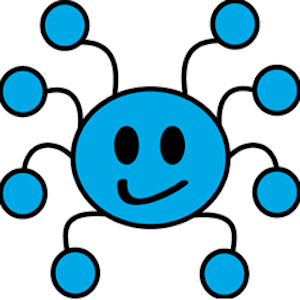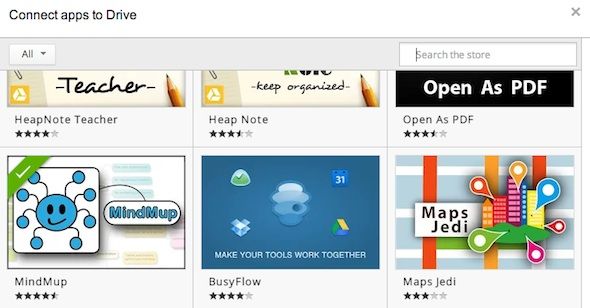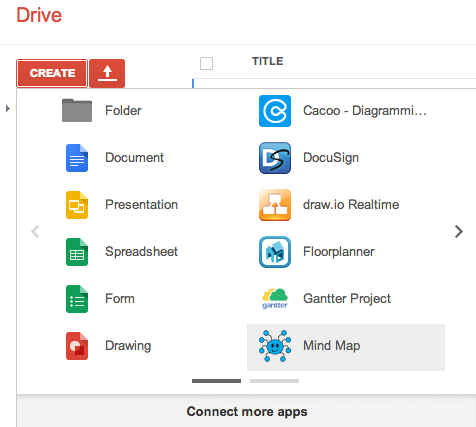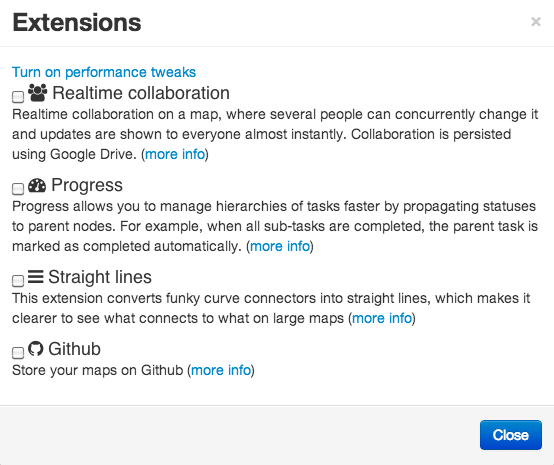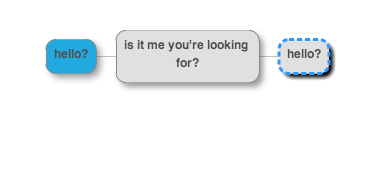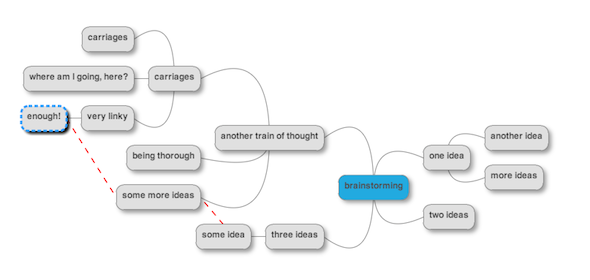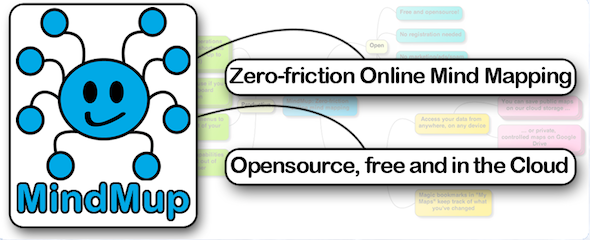If you've ever tried to create a mind-map for your brainstorming sessions, you'll know that using the right tool is essential. There are many sites with mind-mapping tools to choose from, and choosing between them can be a huge hassle as they're all quite good in their own way. Today though, we'll take a good look at MindMup and show you why this should be the first one you try.
MindMup is an open-source mind-mapping tool which links into your storage space on Google Drive in order to make your life really easy. It's free, gorgeous, convenient and designed with simplicity at the core. It also happens to be awesome. Here's why.
MindMup Basics
If you are looking to create a mind-map online, MindMup is the app I would recommend the most. MindMup is the sort of app everyone dreams of finding online. It's open-source, free and integrated with all the best tools. It's also designed by people who use the app, so it's efficient and effective. And unlike so much free software, it looks great too.
If you also use other mind-mapping software, you'll appreciate the Freemind import tool and the default exports of .mup files, Freemind .mm files, HTML docs, tab spaced files and PNG images.
MindMup is really fast to use, and will automatically re-arrange itself to fit your needs. If you love shortcuts, using MindMup's hotkeys will make your mind-map creation even quicker still. If you're using a mouse or touch-screen, you can manipulate the image easily, re-ordering siblings, moving the mind-map and more.
MindMup On Google Drive
It's easy to get started with MindMup via Google Drive. The first time you use it, just click on "Create" and choose "Connect More Apps". Scroll down until you see MindMup and add it.
From now on, you'll see MindMup as an application type in your list after you press "Create". Your MindMup mind-maps will automatically save to Google Drive as a .mup file and will be synced to your computer, smartphone apps and tablet apps via your Google Drive application (if you use that). If you need to embed your mind-map, you can save it to MindMup to enable that. Google Drive just makes the whole process easy to use, as the files are collected in and accessed from your Google Drive. Plus it ensures you can use the MindMup software for free as there's no need to pay for storage. This is a huge drawcard over other Mind-mapping sites - most of them require you pay after a certain amount of files have been uploaded or created.
Extensions For MindMup
If you didn't already think MindMup was perfect, there are a few extensions you can use to make it even better. These are free and easy to access via the Extensions menu in the app. Just remember to set these before you start your mind-map, or you will lose your work!
If you love fine-control over backups, you can link to GitHub and enable versioning of your document. Each save will be kept for your records.
If you have a large mind-map to draw, you can use the "Straight Lines" extension to make it easier to view. Your node heirarchy will be easy to spot.
Some people use mind-maps as a sort of visual to-do list. If this is your need, you can also choose to propagate the status up the hierarchy, meaning that if you mark the children as finished the parent will be marked as complete too.
It's worth noting that MindMup can do non-hierarchial links between nodes, which can have the colour manually changed. While it's not an extension as such, it's something not every mind-mapping tool can do.
Collaboration on mind-maps is also possible using Google Drive. You need to choose this before you start drawing your mind-map, as otherwise it will create a document for your Google Drive only. You won't be able to download a copy as any offline saves will merely be a link. Once you're creating a collaborative mind-map, you can follow other authors in the same way as you can for regular Google documents. Everyone can work at once in real-time and watch the results. It's perfect for online collaborative brainstorming.
Collaborate In Hangouts
If you have set up a mind-map with real-time sharing, you will be able to collaborate with your team on projects. If you are meeting online using a Google Hangout, you will be able to bring MindMup in as an app in exactly the same way as you can for any other Google document. So, as you're video chatting, you are also building your mind-map. Sounds great, huh?
Collaborators on mind-maps might also like to use the GitHub extension in order to keep track of versioning and changes. It may save some headaches if someone accidentally deletes something.
More Mind-Mapping Software
If you're a mind-map fanatic, you may also find some use for Mindjet and these other Android mind-mapping apps, instructions for mind-mapping in Microsoft Word, and another web-based mind-mapping application called Groupmap.
Which mind-mapping software do you use? Do you find MindMup's integration with Google Drive to be useful for you?

